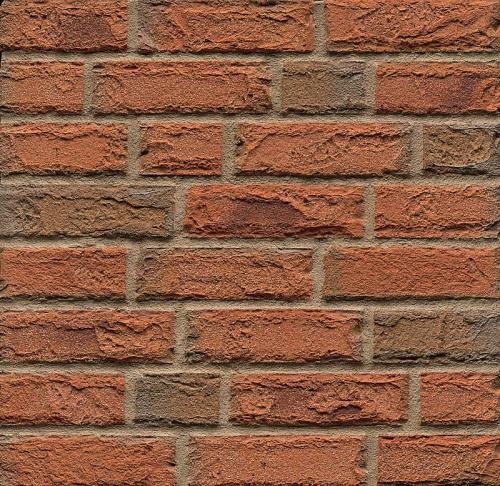The construction of any house begins with the foundation bookmark, which serves as its basis. The foundation, first of all, feels the negative effect of external factors, in particular, frosty, and groundwater. Therefore, the choice of material for its arrangement is a particularly important task in the construction planning process.
Content
Despite the large variety of modern high-tech materials in the domestic construction market, the brick remains relevant. This is a durable, refractory stone material of artificial origin, which contributes to the creation of an optimal microclimate inside the house, is not afraid of corrosion and harmful microorganisms. However, deciding to use the brick to bookmark the foundation, it is necessary, first of all, to figure out which brick is needed for the foundation. To begin with, consider the main types of bricks and their features of their use.
The main varieties of bricks
Silicate brick
Silicate brick represents a material that is obtained by pressing a mixture of quartz sand, hazed lime and water, followed by firing in the autoclave. It has a characteristic light gray, sometimes white color, although when adding various pigments can take any other shades. This type of bricks is not recommended to be used to arrange the foundation, since it has a high degree of water absorption and is able to collapse over time. His experts recommend using only for overhead work.
Ceramic brick
Ceramic brick is a hollow or full-scale stone building material. It is made of clay with various additives, and then burned in the furnace. In contrast to silicate brick, this material is not as susceptible to the negative effect of groundwater, temperature drops, it has high bending strength and compression. Therefore, subject to the presence of dry soil and reliable waterproofing of brick masonry, ceramic bricks are considered quite suitable for the foundation. For such works, a red checked full-length clay brick is most suitable.
And you can also use an ordinary, thickened or modular ceramic brick. The ordinary ceramic brick has a deepening and weighs about 3.5 kg. Thickened has a greater height, which is about 88 mm. And the last, modular brick, as well as the usual, has a standard height of 65 mm, but significantly more of it in length and width of 138 × 288 mm.
Clinker brick
This building material is due to technologies that are used in its production can be considered right one of the most durable and durable. It is produced from the clay of a special grade with further burning in the furnace at temperatures above 1200 degrees Celsius. Traditionally, clinker brick is used to facade buildings facades, as it has aesthetically attractive appearance. But for the construction of the foundation, the clinker brick is perfect for the resistance to external damage, frost resistance and, most importantly, low water absorption indicators are 3-5%. The only drawback is its cost significantly higher than the value of ceramic brick.
External Characteristics Bricks for Foundation
So, sorting into what types of materials can be suitable for foundation, you will choose, for example, on ceramic brick. But how to choose it and what to pay attention to? When buying it, it must be carefully learned, including its color and form. The brick of the scarlet shade speaks of its insufficient firing, and convex and concave faces - about the unnecessary firing. Therefore, experienced builders advise to stop their choice on a full-length red brick proper geometric shape. In addition, you can knock on it. The most suitable material should have a characteristic ring, which indicates the compliance with the correct technology of its production. And even more so, the brick should not crumble in the hands, but to have a smooth surface without explicit traces of melting.
Specifications
Frost resistance
One of the most important characteristics of each building material, which indicates the number of cycles of its freezing-defrost without signs of destruction. Frost resistance is made to denote the Latin letter F. Brick for the foundation must have a frost resistance rate of at least 25 cycles (F25). In the northern regions it is desirable to apply brick with frost resistance from 35 to 50 (F35- F50) cycles and more.
Mark Brick
This indicator reflects the maximum load that such material is capable of withstanding. It is measured in kilograms per square centimeter and is denoted by the letter M. For the private construction of a low-rise building, the M100 brand brick is suitable for multi-storey houses. M150 bricks should be selected.
Water absorption
Water absorption is one of the main indicators to which it follows, first of all, orient when choosing a brick. It has inverse dependence with frost resistance. The more its value, the lower the frost resistance, and vice versa. Experts say that a brick with water absorption level is not higher than 6-12% is most suitable for the arrangement of foundations.
So, you finally chose such a material that fully complies with the above recommendations. Then success in construction!
More detailed about the construction of a brick house and, in particular, about the foundation from bricks on video.
























